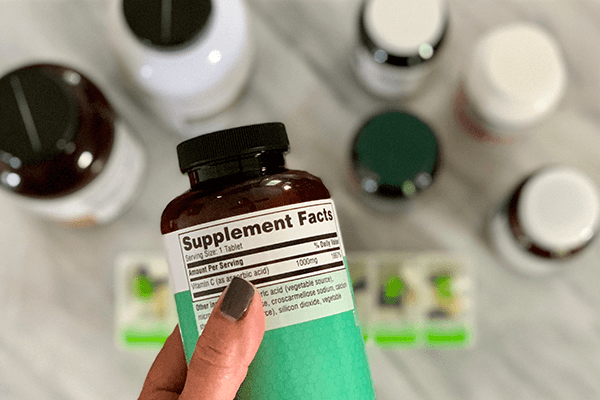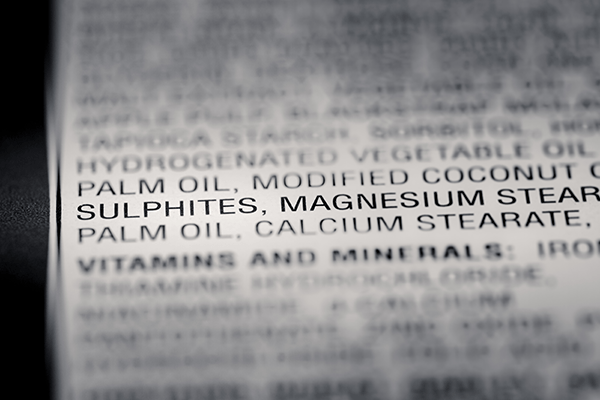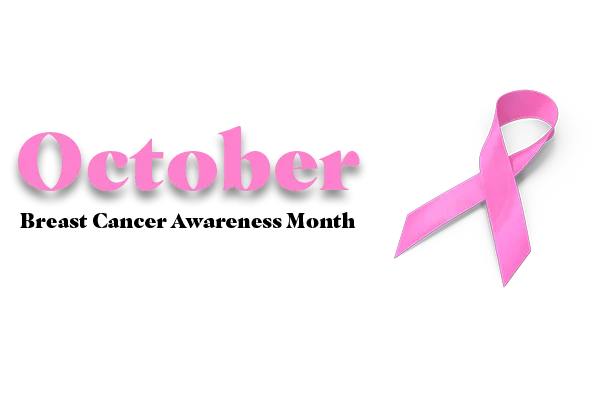Overall, there aren’t many differences in nutrition labelling requirements between the US, Canada, and the UK; however, there are certainly some differences, and they are worth highlighting. If you manufacture or export food to one of these countries, you’ll certainly want to be aware of the differences.
Nutritional food labelling rules are designed to help consumers make informed choices about what they eat. Regulations in the United States, Canada, and the United Kingdom require food manufacturers to provide certain information on their product labels.
Nutritional Food Labeling Rules in the United States
The United States Food and Drug Administration (FDA) regulates food labeling requirements in the country. Under FDA regulations, food manufacturers are required to include the following information on their product labels:
- Nutrition Facts Panel: The Nutrition Facts panel is required on most packaged foods and provides information about the product’s nutrient content, including the number of calories, total fat, saturated fat, trans fat, cholesterol, sodium, total carbohydrates, dietary fibre, sugars, protein, vitamins, and minerals. The label also includes a list of ingredients in descending order by weight.
- Allergen Labeling: Food manufacturers are required to identify any major food allergens contained in the product, such as milk, eggs, fish, shellfish, tree nuts, peanuts, wheat, and soybeans.
- Health Claims: If a food manufacturer wishes to make a health claim on their product label, they must provide scientific evidence to support the claim. The FDA regulates these claims to prevent misleading or false information.
- Serving Sizes: The serving size of a product must be included on the label, and it must reflect the amount of food that people typically consume in one sitting. This information helps consumers understand how many servings are in a package and how many calories and nutrients they consume.
For more information on the nutritional food labelling rules in the United States, please visit the FDA website.
Read more: Adding Nutrition Adds Value For Customers

Nutritional Food Labeling Rules in Canada
In Canada, the Canadian Food Inspection Agency (CFIA) is responsible for regulating food labelling requirements. The CFIA requires food manufacturers to include the following information on their product labels:
- Nutrition Facts Table: The Nutrition Facts table is similar to the Nutrition Facts panel in the United States and provides information about the product’s nutrient content, including the number of calories, total fat, saturated fat, trans fat, cholesterol, sodium, total carbohydrates, dietary fibre, sugars, protein, vitamins, and minerals. The label also includes a list of ingredients in descending order by weight.
- Allergen Labeling: Food manufacturers are required to identify any major food allergens in their products, such as milk, eggs, fish, shellfish, tree nuts, peanuts, wheat, and soybeans.
- Health Claims: If a food manufacturer wishes to make a health claim on their product label, they must provide scientific evidence to support the claim. The CFIA regulates these claims to prevent misleading or false information.
- Serving Sizes: The serving size of a product must be included on the label, and it must reflect the amount of food that people typically consume in one sitting. This information helps consumers understand how many servings are in a package and how many calories and nutrients they consume.
For more information on the nutritional food labelling rules in Canada, please visit the CFIA website.
Read more: The Chef’s Guide to Nutrition: Meeting Customer Demands in Restaurant
Nutritional Food Labeling Rules in the United Kingdom
In the United Kingdom, food labelling requirements are regulated by the Food Standards Agency (FSA). The FSA requires food manufacturers to include the following information on their product labels:
- Nutrition Information: Food manufacturers must provide information about the product’s nutrient content, including the number of calories, total fat, saturated fat, carbohydrate, sugars, protein, and salt.
- Allergen Labeling: Food manufacturers are required to identify any major food allergens contained in the product, such as milk, eggs, fish, shellfish, tree nuts, peanuts,
- wheat, and soybeans.
- Ingredients List: The list of ingredients must be included on the label, and it must be presented in descending order by weight.
- Quantitative Ingredient Declaration (QUID): If a food ingredient is emphasized on the label, such as “chocolate chips” in a chocolate chip cookie, the amount of that ingredient must be listed as a percentage of the total product.
- Nutrition Claims: If a food manufacturer wishes to make a nutrition claim on their product label, such as “low fat” or “high fibre,” they must meet certain criteria set out by the FSA.
- Front-of-Pack Nutrition Labeling: In addition to the mandatory nutrition information, some food manufacturers in the UK choose to provide additional nutrition information on the front of the package. The FSA has developed a traffic light system that uses red, amber, and green colours to indicate whether a product is high, medium, or low in certain nutrients such as fat, saturated fat, sugar, and salt.
For more information on the nutritional food labelling rules in the United Kingdom, please visit the FSA website.
Read more: Why Do You Need to Display Nutrition Information on Food Labels?

Conclusion
In conclusion, nutritional food labelling rules in the United States, Canada, and the United Kingdom are designed to help consumers make informed choices about what they eat. While there are some differences in the specific requirements in each country, they all share the common goal of providing clear and accurate information about a product’s nutritional content. By understanding these regulations and reading food labels carefully, consumers can make informed decisions about the foods they choose to consume.
If you’re concerned about getting the requirements right for each country and want to make sure you stay compliant, why not give MenuSano a try? Our US, Canada, and UK ingredients database, as well as our generated labels, are fully compliant with the rules and regulations of each of the above countries. Start a Free Trial today and see how easy it is!



















